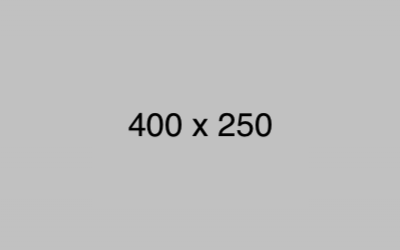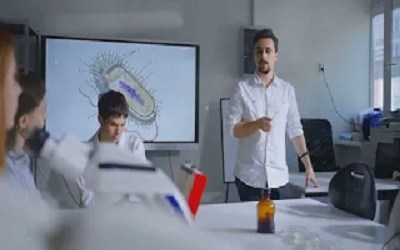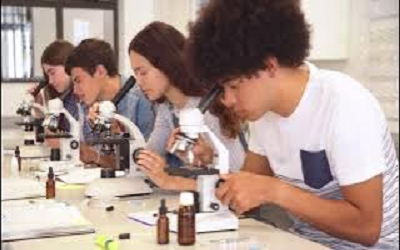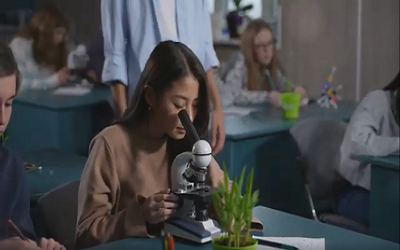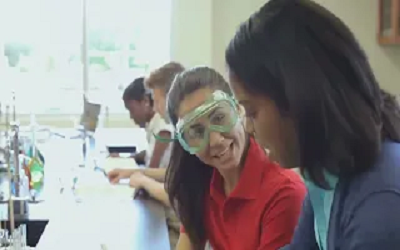Biology Foundation: Class 11 For Olympiads/IIT/ NEET
This book is like a complete tour of the world of life, explained in a way that gradually takes you from the tiniest living cell to entire plants, animals, and the way their bodies work. It starts with simple ideas such as what makes something “living,” and then slowly builds up to more complex ideas like how plants grow, how humans breathe, how cells divide, and how living things stay alive. The language stays scientific, but the flow is easy to follow, making it feel like you’re exploring how life works layer by layer.
English
Last updated
Sat, 22-Nov-2025

